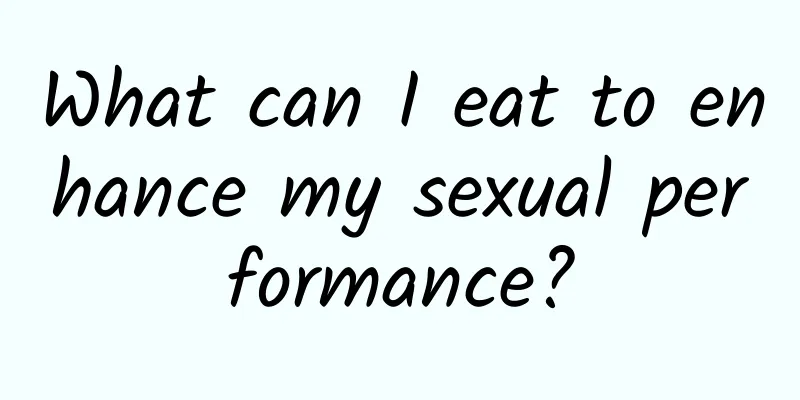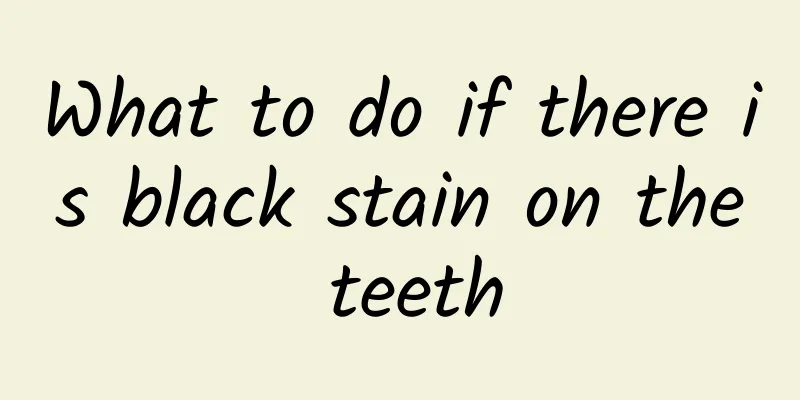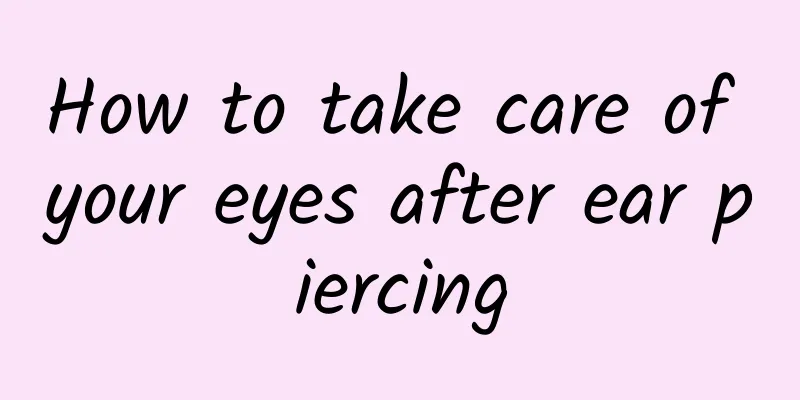Symptoms of spastic cerebral palsy in children

|
Spastic cerebral palsy in children is caused by the immature brain which leads to incomplete dizziness due to some reasons. Due to the problems with the brain, some movement and posture disorders may occur. There are many symptoms of spastic cerebral palsy in children, which manifest in many parts of the body, generally in the upper and lower limbs, as well as the head and language. Below we will introduce the symptoms of spastic cerebral palsy in children in detail. Spastic cerebral palsy in children is very harmful to patients. It not only affects motor function but also causes posture problems. Spastic cerebral palsy in children can also cause intellectual, language, visual and auditory disorders. harm 1. Motor dysfunction: The ability of motor self-control is poor. In severe cases, the hands cannot grasp things, the feet cannot walk, and some cannot even turn over, sit up, stand, chew and swallow normally. 2. Posture disorders: various abnormal postures and poor posture stability. If the baby still cannot hold the head upright at 3 months old, and is accustomed to leaning to one side, or shaking left and right, front and back, etc. It is not easy to open your fist when washing your hands. 3. Intellectual disability: About 1/4 of the children have normal intelligence, about 1/2 have mild or moderate intellectual disability, and about 1/4 have severe intellectual disability. 4. Language disorders: difficulty in language expression, unclear pronunciation or stuttering and other symptoms. 5. Visual and auditory impairment: The most common impairments are esotropia and difficulty in distinguishing the rhythm of sounds. 6. Tooth development disorders: loose teeth, easy to break, oral and facial dysfunction, facial and tongue muscles sometimes spasm or uncoordinated contraction, difficulty chewing and swallowing, difficulty closing the mouth, and drooling, etc. Symptoms of spastic cerebral palsy in children: 1. Keep your hands in a fist shape, with your thumb against the palm and the other four fingers holding the thumb, with the back of your hand facing forward and your palm facing down. 2. The spine of children with spastic cerebral palsy often shows varying degrees of kyphosis or scoliosis, and the hip joints often cannot be fully extended and maintain a certain degree of flexion. 3. The lower limbs are often crossed, and the Achilles tendon is tense, which makes it impossible to keep the sole of the foot flat when standing, and only the toes can touch the ground. 4. Children with spastic cerebral palsy have significantly reduced limb movements, and their movements are stereotyped and awkward. The heads of children with cerebral palsy often cannot be placed in the middle position. The heads of children with spastic cerebral palsy are often turned to one side or tilted backward, and the hands and shoulders are rotated inward and downward, flexed or extended. Above, we introduced what spastic cerebral palsy is. We know that spastic cerebral palsy is caused by damage to the brain. Spastic cerebral palsy manifests in multiple parts of the body. The symptoms of spastic cerebral palsy are more common in the upper and lower limbs. The above also introduced four common symptoms of spastic cerebral palsy. |
>>: Symptoms of catarrhal otitis media
Recommend
Preparation method of Tu Fuling paste
Poria paste is made by boiling coix seeds and mix...
12. Symptoms of Ductal Ulcer
Duodenal ulcer is a common problem nowadays, whic...
Chinese patent medicine for hair loss treatment
Hair loss has become one of the most annoying pro...
What are white granulations on the genitals?
If white granulations grow on the genitals, you s...
How to remove mole hyperplasia scars
Mole removal is a method of removing various type...
What is the best medicine for ligament inflammation?
Don't think that running and jumping will hav...
Can normal people take liver protection tablets?
For people with normal liver function, there is n...
What to do if toothache causes lymph node pain
Toothache is not a serious illness. It may be cau...
Traditional Chinese Medicine Weight Loss
Traditional Chinese medicine believes that obesit...
Does your heart rate increase when you are pregnant?
A woman's body will undergo many changes afte...
What are the methods of sitting bath for hemorrhoids
Patients with hemorrhoids need to pay attention t...
How to perform lung puncture
Lung puncture mainly determines the patient's...
What medicine should I take for my poor memory?
There are many reasons for very poor memory. It m...
Does Chinese medicine contain hormones?
Traditional Chinese medicine is an important part...
The efficacy and function of boiling water with yellow peel leaves
When the kumquat is ripe, people not only like to...









